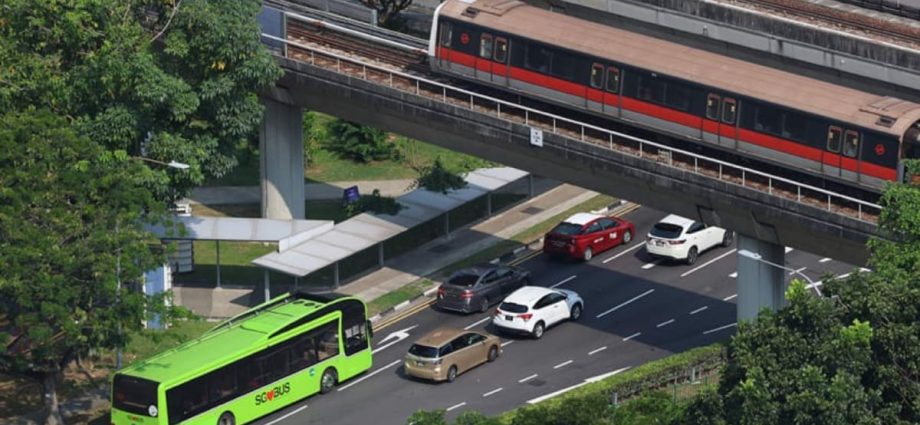
FOUR KEY ENHANCEMENTS
LTA said that there will be four categories of enhancements under the Bus Connectivity Enhancement Programme.
For new estates, there will first be an increase in the pace of introducing bus services in new towns to serve early batches of residents who move into new estates.
For example, the first bus service to be introduced under the new enhancement programme will be a service connecting residents in new and upcoming Build-to-Order (BTO) developments in Yishun East to nearby Khatib MRT station that is scheduled to be launched by the end of September.
Secondly, for estates with areas located farther away from major transport nodes and town centres, LTA will introduce express feeder bus services. This measure will primarily be adopted in new estates.
“Compared to existing feeder services, these services will take more direct routes with fewer intermediate stops, reducing residents’ travel time for the first and last mile of their journeys from major transport nodes,” said LTA.
One example is the upcoming introduction of a bus service in Tampines North in December that will provide Tampines North residents with a more direct connection to Tampines MRT station.
The two other categories of enhancements will be for both new and existing estates.
Firstly, LTA will step up improvements to bus services, such as the addition of trips, the adjustment of routes and the introduction of new services in response to changing travel patterns.
An example of these efforts is an extension to a bus service to connect residents in Toa Payoh East to Caldecott MRT station planned for the end of the year. This will improve connectivity between Toa Payoh East and the Thomson-East Coast Line and the Circle Line.
“LTA will make more of such adjustments based on regular reviews of the bus network,” it said.
The final enhancement will be to introduce more peak-hour express bus services as an alternative option for residents, to complement busier MRT lines.
For example, under the programme, a new City Direct Service will be introduced in Punggol from around October, providing a direct route to the city.
Mr Chee said that the new bus services or enhancements to existing routes will be introduced depending on the needs of each location or town.
“We don’t have a template that is the same across different parts of Singapore, it depends on the needs of the commuters in that location, and we will do this in consultation with the grassroots advisors,” he said.
He added that the new or enhanced bus services will be introduced as early as possible, especially in new estates.
“In tandem with when the residents first move into these new estates, we want the bus services to be ready as soon as possible,” he said.
He added that during the initial period, the buses could have a lower ridership by definition.
“So yes, this is a commitment (that) requires resources from the government, but we think that in exchange, we will be able to get better connectivity, and better services for our residents,” he said.
BUS AND TRAIN NETWORK TO BE ENHANCED IN TANDEM
Mr Chee also responded to a question from CNA on why the bus network is going through such a major revamp when there is already a strong focus on expanding the train network, with the expansion leading to the rationalisation of some bus services over the years.
Mr Chee said that, currently, longer bus services that run parallel to new MRT lines are often the ones that are adjusted or taken away, but this does not mean that bus service coverage has dropped.
“We do need to adjust some of (the bus services) so that we free up the resources to be able to add new services to serve new developments and new estates,” he said. “So overall, it’s not a reduction in bus services, it’s a reallocation of the resources.”
He said that the new programme serves to enhance this earlier exercise of reallocating resources, to put in additional resources “because we recognise that there are more new estates that are being developed”.
“To do this, we can’t rely only on the earlier exercise, which is to rationalise and streamline some of the existing bus services, and use that resource to be able to support the new bus services,” he said.
“We calculated that it would not be possible for us to meet the demand for all the new bus services if we only do that.”
Responding to another question on how many bus services will be introduced and how much manpower will need to be hired, Mr Chee said that it is “difficult for us to be too precise”.
“This is not a one-off, this is a multi-year plan,” he said.

